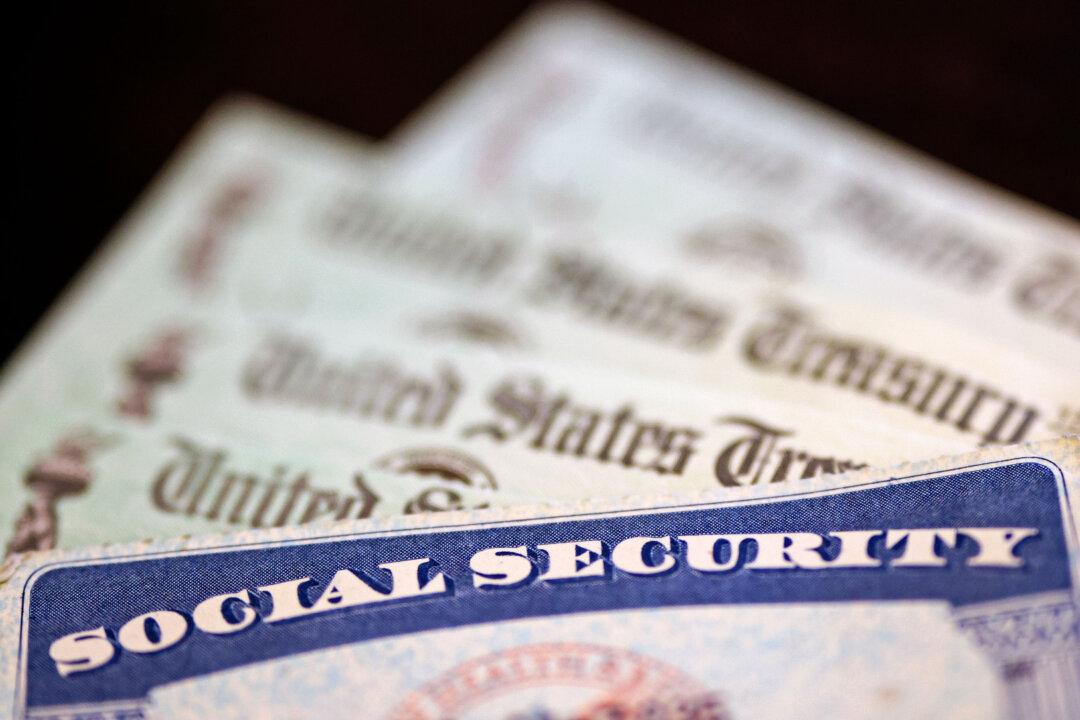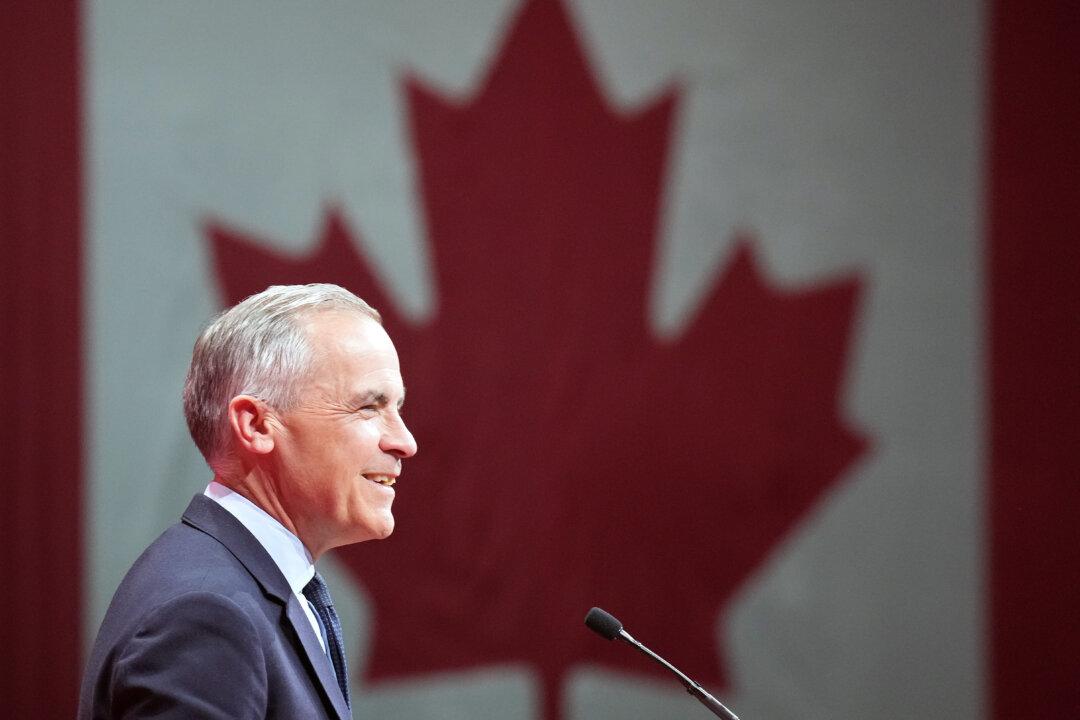Morgan Stanley’s top investment officer has warned that investors shouldn’t see the bailout of Silicon Valley Bank’s uninsured depositors as a reason to get bullish on stocks, predicting a “vicious” final stretch to the current bear market marked by sharp price declines and few opportunities to hedge portfolios against losses.
The lightning-fast collapses of Silicon Valley Bank (SVB) and Signature Bank sparked fears of contagion and prompted the Federal Reserve to roll out an emergency lending facility for banks and led the Federal Deposit Insurance Corp. (FDIC) to waive its $250,000 deposit insurance cap and provide blanket coverage to all depositors at the failed institutions.
But experts say the Fed’s recent balance-sheet expansion is mostly related to banks taking short-term loans from the Fed to help them manage liquidity risks and guard against bank runs.
Mike Wilson, Morgan Stanley’s chief U.S. equity strategist and chief investment officer, said in a note on March 20 that stock market investors have been wondering if the Fed’s and the FDIC’s actions amount to another form of QE “and therefore ‘risk on.’”
Wilson believes that it isn’t the same as QE and won’t juice markets as some investors expect.
“We argue it’s not, and instead represents the beginning of the end of the bear market as falling credit availability squeezes growth out of the economy,” Wilson wrote in the note, which was first reported by Bloomberg.
He argued that the benchmark S&P 500 Index won’t be attractive for investors until equity risk premium climbs substantially from its current level of about 230 basis points.
Sell Stock Rebounds
Wilson’s warning to investors on March 20 follows advice last week recommending that they sell any rebounds in stock prices that may follow regulatory support measures for the U.S. banking sector after the twin failures of SVB and Signature.“We suggest selling any bounces on a government intervention to quell the immediate liquidity crisis at SVB and other institutions until we make new bear market lows, at a minimum,” Wilson wrote in a note.
He wrote that he doesn’t believe that the issues with SVB and Signature Bank are indicative of a wider systemic problem in the U.S. banking sector.
A market-based indicator of stress in the U.S. banking system jumped on March 20 to its highest level in three months, as turmoil from the twin collapses has shaken regional lenders.
The so-called FRA/OIS spread, which is used to gauge U.S. banking sector stress, jumped to 18.2 basis points on March 20, from closer to 12 basis points last week, hitting its highest level since Dec. 22, 2022. The FRA/OIS spread measures the gap between the U.S. three-month forward rate agreement and the overnight index swap rate.
Banking stocks and bonds fell sharply on March 20 as investors digested news that banking giant UBS had taken over beleaguered rival Credit Suisse in a government-backed emergency rescue announced on March 19.
The buyout deal sees UBS buying the 167-year-old Credit Suisse for about $3.23 billion and absorbing up to $5.4 billion in losses.
Credit Suisse is among 30 financial institutions known as globally systemically important banks, and authorities worried that its failure could undermine broader financial system stability.
“An uncontrolled collapse of Credit Suisse would lead to incalculable consequences for the country and the international financial system,” Swiss President Alain Berset said on March 19 as he announced the deal, which he described as “one of great breadth for the stability of international finance.”
An emergency ordinance was required to allow the UBS–Credit Suisse merger to go ahead without shareholder approval.
Credit Suisse shares plunged by roughly 60 percent to a fresh record low on March 20, while UBS stock price slid by about 10 percent, although shares of the latter clawed back some of the losses and were down by slightly more than 3 percent as of the time of reporting.
“This acquisition is attractive for UBS shareholders, but let us be clear, as far as Credit Suisse is concerned, this is an emergency rescue,” he said.
“The transaction will bring benefits to clients and create long-term sustainable value for our investors.”





